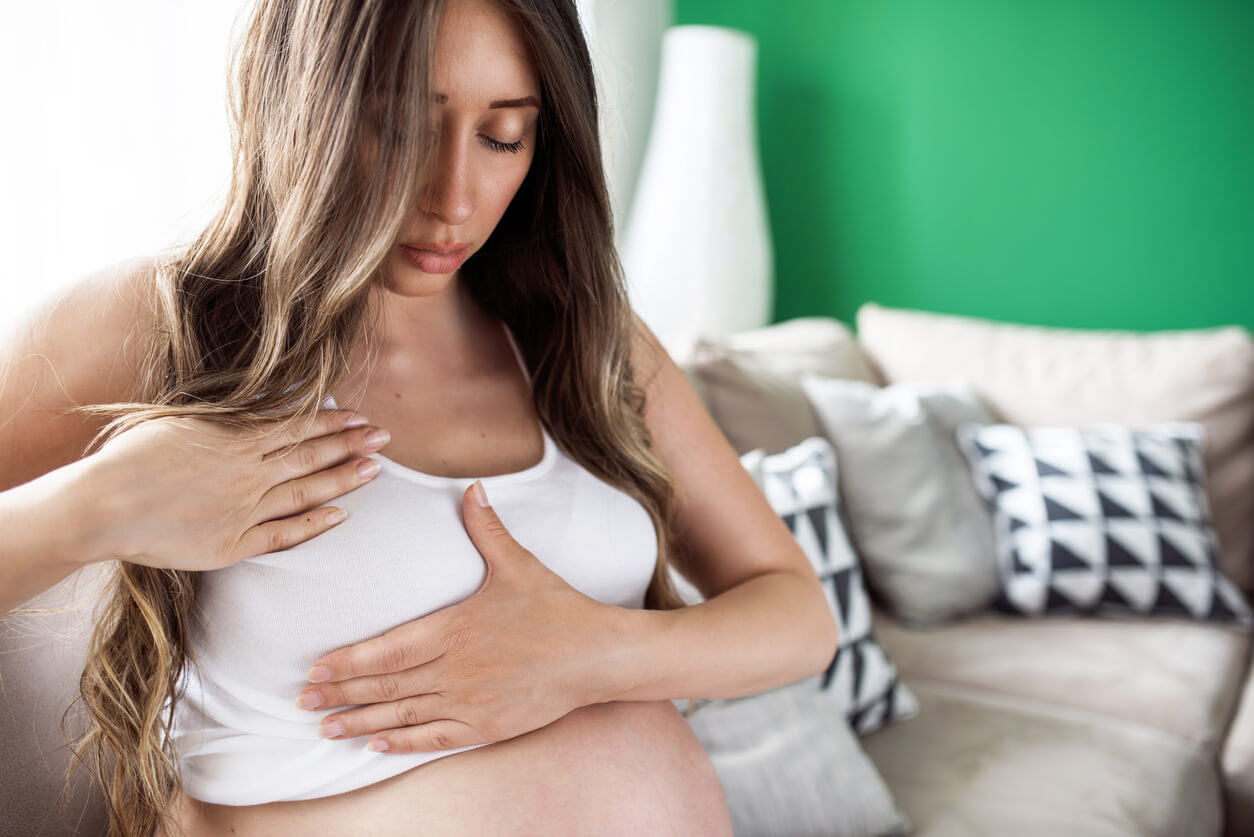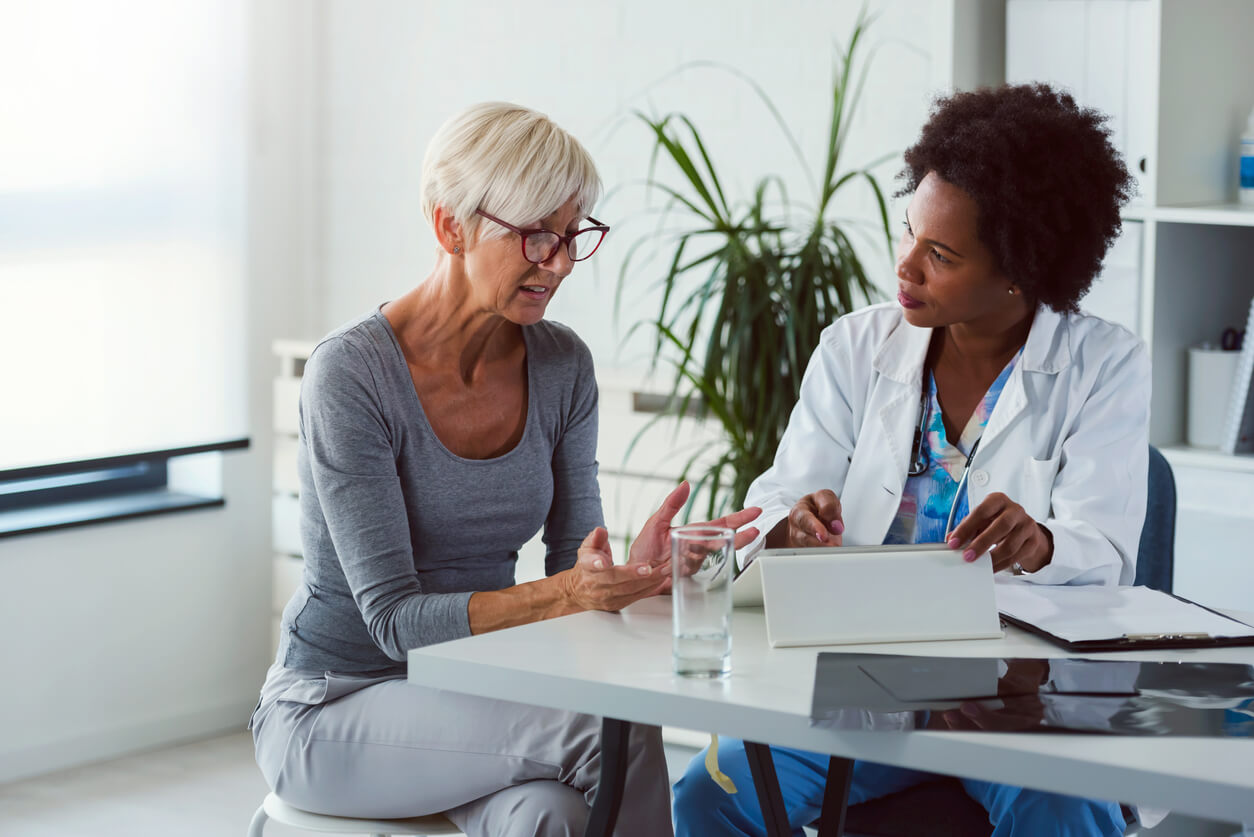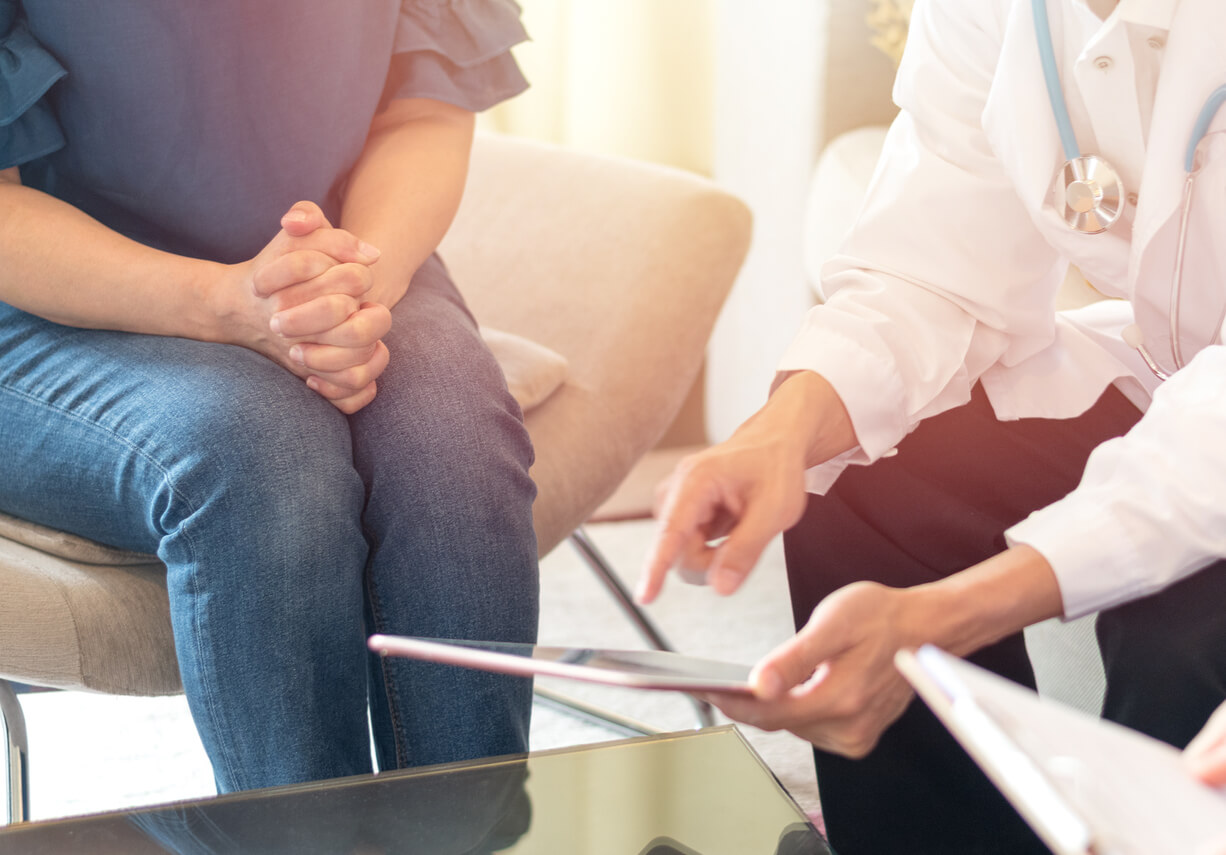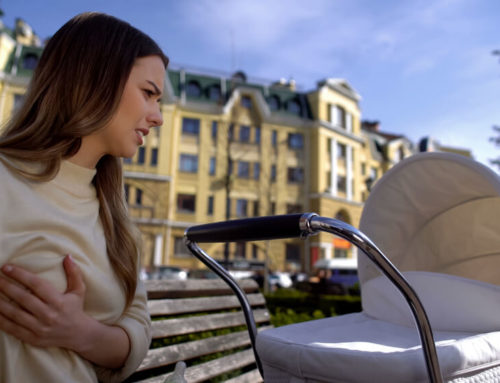Breast infections occur when bacteria invade the breasts leading to inflammation, also known as mastitis. It is widespread in women, especially those who are breastfeeding.
This blog will go through some breast infection symptoms, the different types of infection, and their possible remedies.
Who Can Get a Breast Infection?
Mastitis is very common in breastfeeding women and can occur during the first six or 12 weeks of breastfeeding. However, even men and women who aren’t breastfeeding can get an infection, and these are the factors and conditions that increase their chance of developing mastitis:
- Nipple piercing.
- Breast implants.
- Eczema.
- Diabetes or other autoimmune disorders.
- Tobacco smoking.
Breast Infection Types
There are different types of breast infections that you can get in your breasts. These include:
- Central or subareolar infection: This develops when an infection in the milk ducts or inflammation results from an abscess. This is more common in people who have nipple piercing and those who smoke tobacco or have diabetes. This infection can cause nipple changes such as unusual discharge or nipple retraction. Patients who have their nipples pierced can prevent subareolar breast access by keeping the nipple and areola area clean.
- Granulomatous lobular mastitis: A noncancerous mass develops in the breasts and causes pain. It is a chronic infection and can be aggressive, as it may not respond well to antibiotics.
- Peripheral, nonlactating infection: This occurs mainly in patients who have diabetes or rheumatoid arthritis. Those who have had breast injuries or take steroids also have a significant risk of developing this type of infection. It can cause inflammation or lead to a visible abscess.
- Skin infection or cellulitis: This type of infection can occur anywhere on the body. Women with large breasts or those who have undergone breast surgery have a higher risk of developing cellulitis. It can happen when patients have sebaceous cysts – these develop on the glands responsible for oil production.
- Yeast infection: Fungi can enter the breast tissue through broken skin. Fungi thrive in wet and moist areas, so people who wear clothing that traps sweat or irritates the skin are more likely to have a breast yeast infection. Signs of breast infection include itching, burning, pain, and pus-filled blisters.
Breast Infection Symptoms

Some breast infection symptoms that women usually experience include:
- Cracked or damaged nipples.
- Tenderness and swelling.
- Fatigue.
- Body aches.
- Fever and chills.
- Pain.
- Red streaks on your breasts.
People may also have abscesses. – This is a complication of mastitis, and if a person has noncancerous masses, these are usually tender, and their edge feels regular and well defined.
If a patient has a severe infection, they have pus coming out from the nipples, persistent fever, or symptoms that don’t improve with treatment within 48-72 hours.
Breast Infection Causes
This section will cover breast infection causes and why mastitis occurs mostly in women who breastfeed.
An infection develops when the milk ducts or cracks in the skin allow the bacteria to enter the breast tissue.
It can also develop when a milk duct is blocked with milk accumulation or when the patient does not use the correct breastfeeding technique.
That said, breast infection causes include:
- Having cracked nipples.
- Wearing tight-fitting bras restricting milk flow.
- Using only one position to breastfeed.
Breast Infection Diagnosis
A physical exam can help determine whether a patient has a breast infection or abscess. In some cases, we may also recommend other tests, such as:
- Ultrasounds: These may be helpful if we don’t know whether the mass has occurred due to a fluid-filled abscess or a tumor. These tests help us diagnose abscesses deep in the breasts and determine whether a patient has simple mastitis or abscess. During this examination, we place a probe over your breast, and if we detect an abscess, we may recommend IV antibiotics, aspiration, or surgical drainage.
- Taking cultures: We may have to take cultures of the breast milk or the material coming out of an abscess to determine the cause of the infection. This also helps us decide what type of antibiotics is suitable for your diagnosis.
- Mammogram or breast biopsy: These examinations may benefit women who don’t breastfeed and have mastitis or when treatment is ineffective.
Mastitis Treatment
Breast infection can sometimes go away without treatment, but your doctor may prescribe oral antibiotics, and the condition should disappear within ten days. Sometimes, it can also clear up within three weeks.
Your physician may also recommend taking over-the-counter nonsteroidal anti-inflammatory drugs (NSAIDs) to reduce pain and inflammation.
Natural remedies that may help include:
- Taking warm showers and applying warm, moist compresses to the affected area.
- Breastfeeding every two hours or more often helps the milk to keep flowing through the ducts.
- Drinking fluids.
- Massaging the area in a circular motion.
- Wearing a supportive bra that doesn’t restrict milk flow.
Medications
If a patient has simple mastitis but no abscess, the doctor may recommend oral antibiotics such as cephalexin or dicloxacillin. There are other antibiotics available for a breast infection, and these depend on your signs of breast infection, the doctor’s preference, and whether you are allergic to any drug ingredients. These are also safe for breastfeeding women as they do not harm the baby.
Non-breastfeeding women can have chronic mastitis, which can be complicated. This infection may not respond well to treatment, so the patient may have to attend follow-up appointments with their doctor.
Surgery
If a patient has an abscess, the doctor injects a local anesthetic to drain this using a small incision or aspiration with a needle and syringe. If there is an abscess deep in the breast tissue, this may require surgical drainage. We perform this under general anesthesia to help reduce pain and drain the abscess.
We can also treat abscesses with antibiotics and heat.
Prevention
Women who are breastfeeding can do the following to reduce the chance of a breast infection:
- Using different breastfeeding positions to empty all breast areas.
- Airing out the nipples after breastfeeding.
- Avoiding wearing tight-fitting bras or nursing pads as these can keep the nipples moist.
- Ensuring that the breast is empty before nursing the baby on the other breast.
Follow-up Care
We recommend our patients to do the following if they have received a diagnosis for a breast infection:
- Taking all medications as prescribed.
- Checking your temperature three times a day for the first 48 hours after starting treatment.
- Visiting your doctor’s office in one or two weeks, so they can check whether the infection has disappeared. If an abscess has developed, we may recommend IV antibiotics or that you undergo surgical treatment.
When to Seek Medical Help

We urge our patients to seek medical help if they feel a suspicious lump, regardless if they’re breastfeeding or not.
Call your doctor if you have:
- Abnormal discharge coming out from your nipples.
- Unexplained breast pain.
- Symptoms that interfere with your breastfeeding including a mass or tender lump that does not go away after breastfeeding.
Some symptoms may require emergency treatment, such as:
- Breast pus.
- A high fever that is persistent and greater than 101.5°F.
- Dizziness.
- Fainting.
- Confusion.
- Red streaks extending toward the arms or chest.
Book Your Appointment Today
Breast infection can occur in both men and women, and treatment can vary depending on the type of infection and whether you have a health condition or drug allergy.
We perform different tests that help us detect breast abnormalities and determine the cause of infection.
If you have symptoms of a breast infection or want to learn more about this condition, book an appointment with us.
We look forward to meeting you at Breast Care Center Miami.




